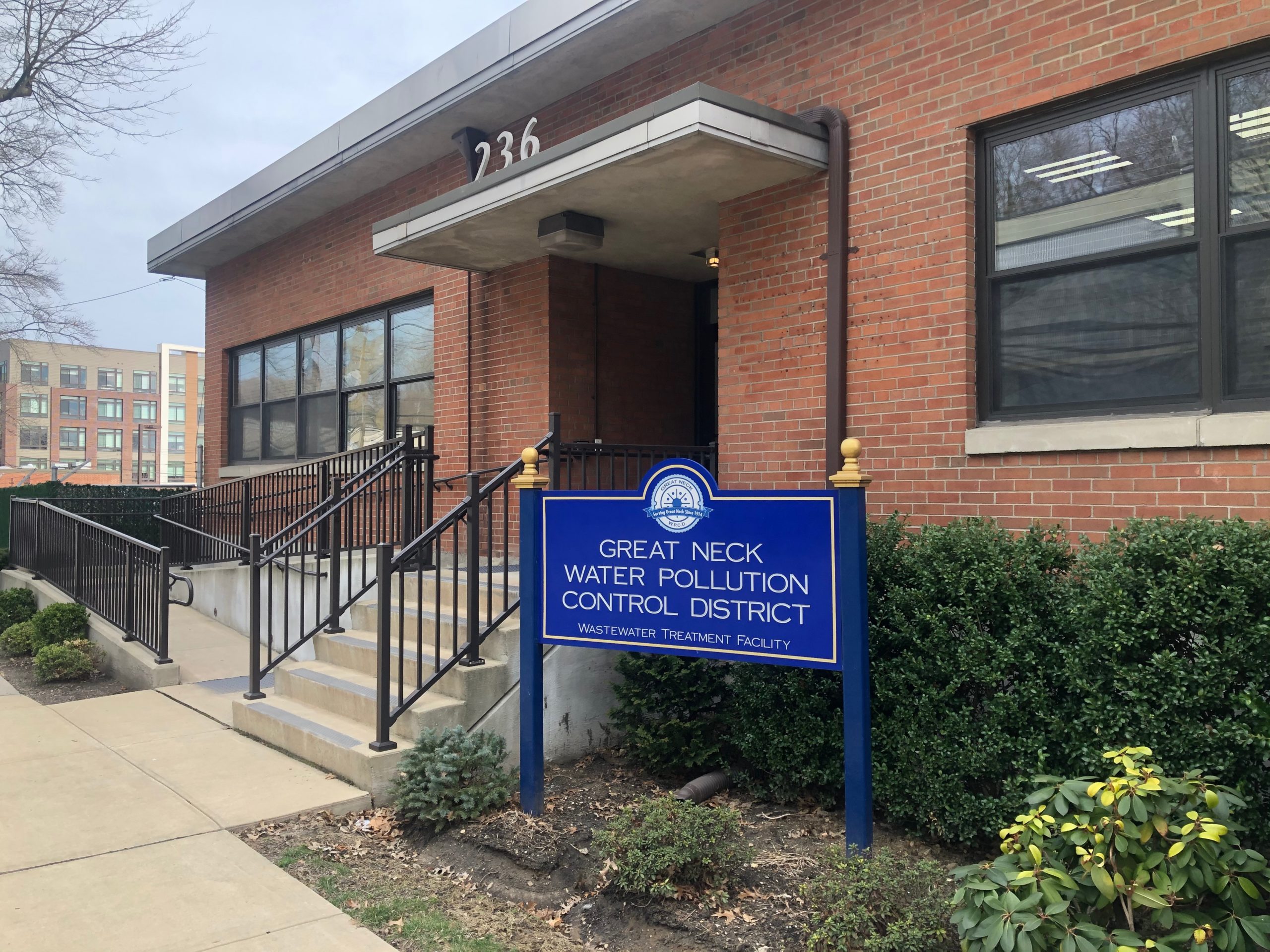Upgrades to the Great Neck Water Pollution Control District’s sewage treatment facilities worth $13 million are expected to be completed by this fall, according to district Commissioner Steve Reiter.
Last April, Reiter said the district began work on enhancing the quality of digesters and building a new one, adding a microturbine and constructing what will be Nassau County’s first grease reception station.
According to Reiter, the upgrades will cut costs to taxpayers, increase revenue and reduce emissions.
“It’s all about finding a balance of environmental consciousness and ways to keep taxes low and keep the quality of our work up to our standards,” Reiter said.
Planning and research for these projects began more than a decade ago, he said. After the state’s Department of Environmental Conservation approved the projects, he said, the district began laying the groundwork for the grease reception station.
Reiter said the grease will be collected from local restaurants and food-preparation sites by commercial haulers and transported to the district’s East Shore Road facility.
Fellow Commissioner Patty Katz touted the project’s environmentally conscious aspect.
“As of now, whenever these large commercial haulers transport grease in the county, they either have to go to New Jersey or Riverhead,” Katz said. “Think about how large their carbon footprint is growing by sitting in all that traffic and driving around.”
Once the grease station opens, district officials project it will generate $100,000 in annual tipping fees. Reiter said these projections are accurate if the district charges 20 to 25 cents for a gallon of grease and handles upwards of 1,500 gallons per day.
Two microturbines have been fully operational in the district since January 2015.
According to figures presented by Reiter, the two turbines generate 30 to 35 percent of the electricity and 80 percent of the heat for the facility. From January 2015 to December 2018, the facility saved $428,040 in utility costs.
Reiter said the addition of the third microturbine will increase the in-house electric production to more than 50 percent. The additional microturbine will also fully heat the facility, resulting in $150,000 worth of savings per year.
The digester, the third of its kind, more than doubles the facility’s current methane production and triples its gas storage capacity, Reiter said.
Once the upgrades are fully implemented, he said, they will work in synergy to save money and conserve energy in the facility.
The addition of grease to the digesters allows the anaerobic tanks to further break down organic matter without oxygen, with the main product being methane, according to district officials.
Reiter said the methane is then fed into the microturbines, which results in renewable energy for the facility.
When asked why other districts throughout New York don’t follow suit, Reiter said it comes down to money, and how to find it.
“There are plenty of state and federal grants that are available for other districts to take advantage of,” he said. “We’re a small midsized operation that simply knows where to look for grants and asks the right people for them.”
Reiter and Katz touted each other’s work and said the nucleus of the district’s commissioners and superintendent has resulted in environmentally and fiscally progressive endeavors such as these.



